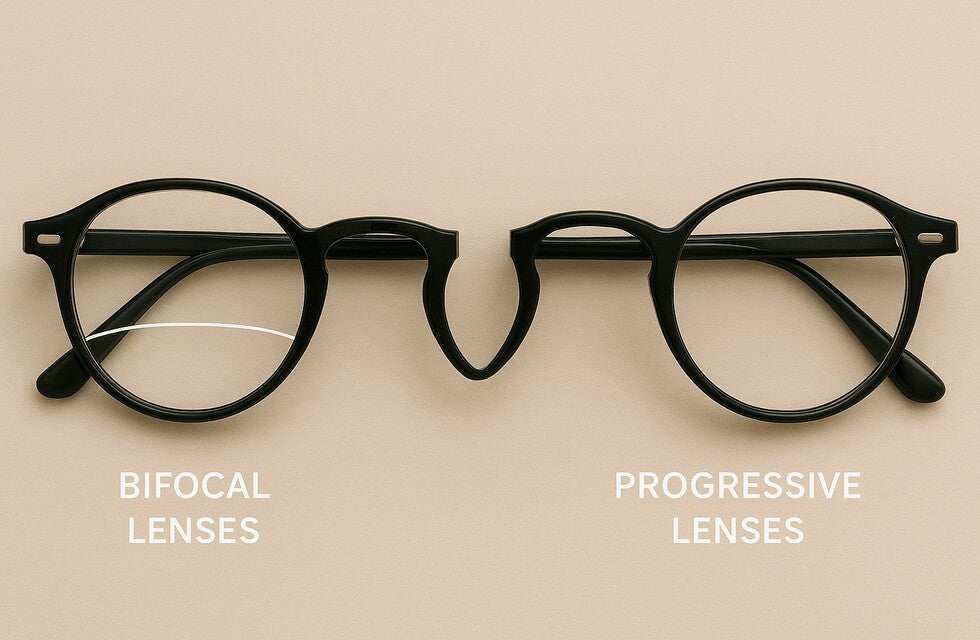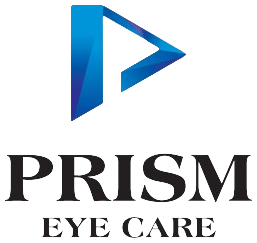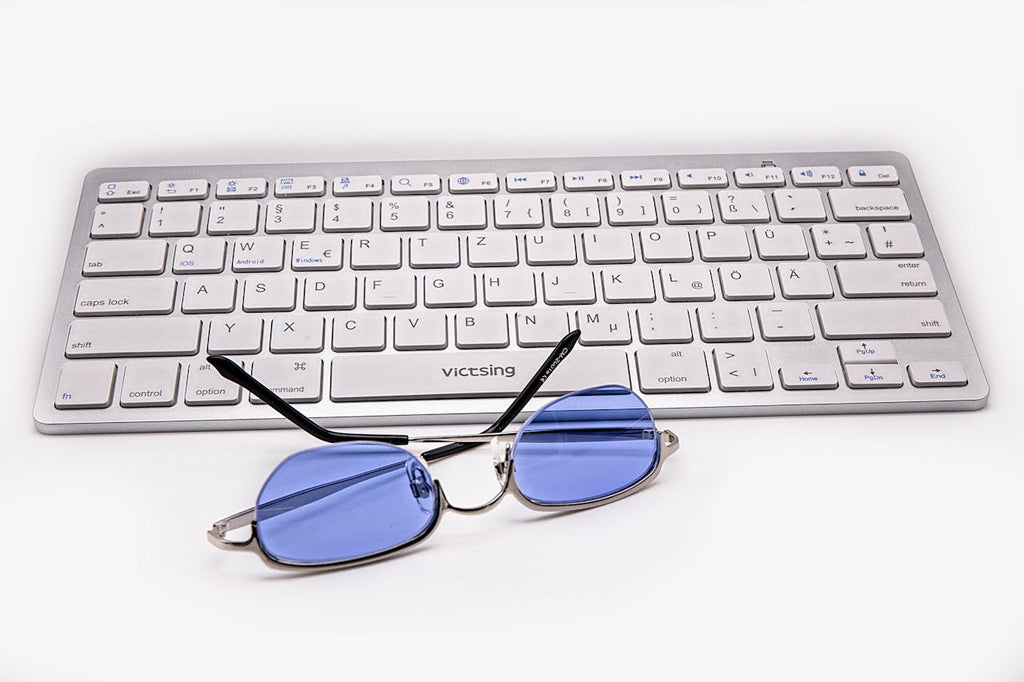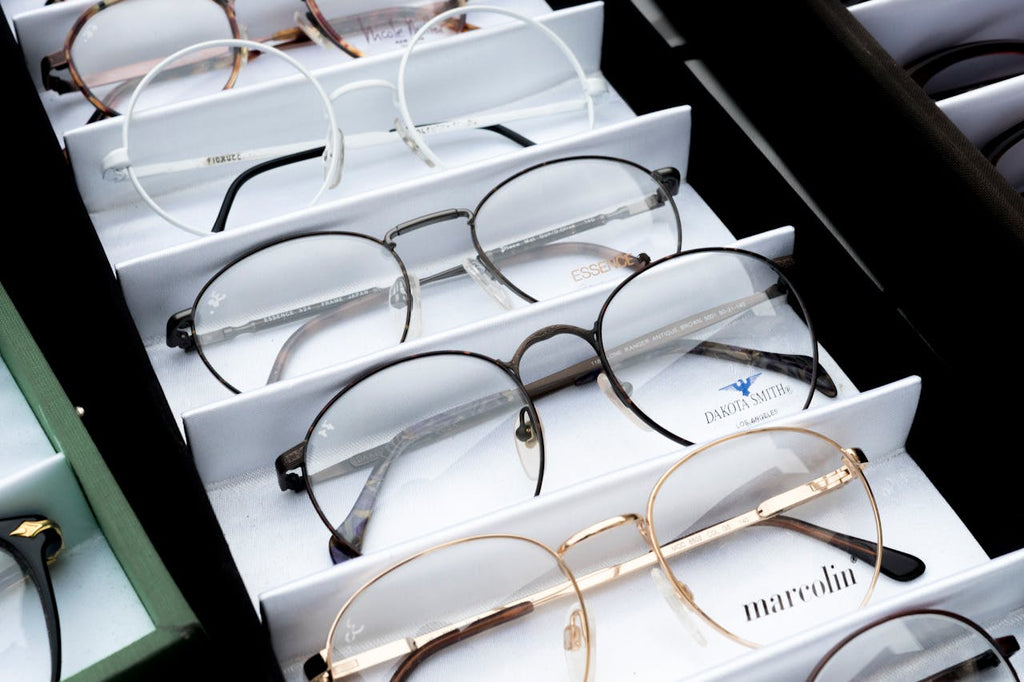
Bifocal vs Progressive Lenses: Which Is Right for You?

Presbyopia is a common eye condition that many people do not know by name, but it often happens as we get older. It occurs when the lens inside the eye becomes less flexible with age. As we get older, our eyesight often changes, which makes it harder to read up close or see things far away.
As a result, vision can become blurry, and simple tasks like reading may become difficult. This is why many people end up needing bifocal or progressive lenses to see clearly again. Choosing between bifocal or progressive lenses can not only help you see clearly but also feel comfortable throughout the day.
Whether you prefer a more classic option or something newer, the right type of lens can make a big difference in how you experience the world. Let us explore both types so you can decide which one is best for your needs.
What are bifocal glasses?
Bifocal glasses have two different lens powers in each lens, which help you see clearly both up close and far away. The lens is divided into two parts with a visible line in between. The top part helps you see distant objects, while the bottom part is meant for reading or other close-up activities.
If you do not like wearing glasses, you can also get bifocal or multifocal contact lenses, which work in a similar way. These are a good choice for people who have trouble seeing things nearby but prefer not to wear glasses. You can even find bifocal sunglasses or transition lenses that adjust to light while helping with both near and distance vision.
What are the types of bifocal lenses?
Bifocal lenses come in a few different styles:
- Round segment bifocals have a small round reading area at the bottom, though they are less common today.
- Executive bifocals have a clear line that runs across the entire day. It divides the top (for distance) and bottom (for reading), ideal for people who do a lot of close-up work.
- Flat-top bifocals have a D-shaped segment at the bottom for reading, with a visible line across the lens.
- Blended bifocals have a reading section that softly blends into the rest of the lens, which makes the line less noticeable.
What are progressive glasses?
Progressive lenses, often called “no-line bifocals” help you see clearly at all distances- up close, in the middle and far away, using just one lens. Unlike bifocals, they do not have a visible line. Instead, the lens power changes smoothly from top to bottom, so your eyes adjust as you look around.
One of the biggest advantages of progressive lenses is how comfortable they feel when switching between different tasks, like driving, reading or using a computer. They are a great choice for people who need clear vision at more than one distance. Plus, they have a modern, seamless look since there are no lines on the lenses. If you are comparing bifocal lens vs progressive lens, think about what kinds of tasks you do most often.
Adjusting to progressive lenses
Getting comfortable with progressive lenses can take a little time. At first, you might experience headaches, feel off-balance or blurry vision. This is normal and should improve as your eyes adjust. Here are some tips to help you get used to them:
- When reading, move the book instead of your head or eyes.
- Keep the item about 18 inches away and look through the bottom part of the lens.
- Avoid switching back to your old glasses and stick with the new ones.
- If things still feel off after a few weeks, check in with your eye doctor.
- Be patient, as most people adjust within days or a few weeks.
What is the difference between bifocal and progressive lenses?
When choosing between bifocals versus progressive lenses, knowing the differences can help you pick the option that best suits your vision needs. Here is a breakdown of the difference between bifocal and progressive lens options:
|
Feature |
Bifocal Lenses |
Progressive Lenses |
|
Lens Design |
Two sections for near and far vision |
Smooth transition between near, middle and far vision |
|
Getting Used To |
Easier and quicker to adjust to |
Takes more time to get used to the gradual shift in focus |
|
Look |
Has a visible line between the two sections |
No visible lines- look more modern and seamless |
|
Vision Range |
Not ideal for middle-distance tasks like computer work |
Good vision at all distances, including middle-range tasks |
|
Price |
Usually less expensive |
Higher cost due to advanced lens design |
Also Read: Protect Your Eyes in Style: Top Tips for Selecting the Perfect Sunglasses
What are the advantages and disadvantages of bifocal lenses?
Bifocal lenses are a good option for people who need help seeing both up close and far away. They are budget-friendly and easy to get used to, with two separate areas for near and distance vision.
Pros:
- Cost-effective
- Simple to adjust to
- A clear vision for reading and distance
Cons:
- Does not help much with mid-range tasks like using a computer
- The sudden change between near and far vision can feel uncomfortable
- Has a visible line some may not like
If you are comparing bifocals vs progressive, bifocals may appeal to those looking for simplicity and lower cost.
What are the advantages and disadvantages of progressive lenses?
Progressive lenses let you see clearly at all distances- near, middle and far, with a smooth change in lens power. They look more modern than bifocals and do not have visible lines, but they can take longer to get used to and usually cost more.
Pros:
- No visible lines- looks like regular glasses
- Great for all kinds of daily tasks
- Smooth vision from near to far
Cons:
- More expensive than bifocals
- Takes more time to adjust
Understanding the progressive glasses pros and cons can help you decide if they are worth the extra investment. If you are deciding between bifocals vs progressive, keep in mind your typical activities and how you use your vision daily.
Final thoughts
Presbyopia can be managed using bifocal or progressive lenses, which help people who need different prescriptions for near and far vision. Progressive lenses smoothly shift between distances without any visible lines. Bifocal lenses, on the other hand, have a clear line that separates the two vision areas. When weighing bifocal lens vs progressive lens, consider your daily routine, comfort and budget.
If you are still unsure and need to compare bifocals versus progressive lenses based on personal needs, it is a good idea to speak with an eye care expert. The team at Prism Eye Care can guide you toward the best option for your vision needs. Visit our store or check out our website today for professional advice and take a step toward a clearer, more comfortable vision.



































